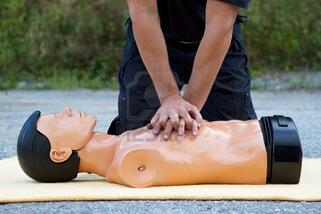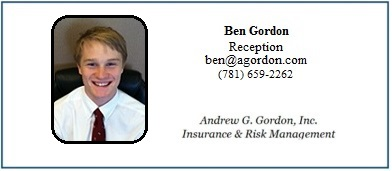- 781-659-2262
As I am sure you are well aware, the heart is one of the most important organs in your body, second only to your brain. And if something happens to it, the rest of your organs would quickly shut down as a result. The heart acts as a motor for all the blood, which transports nutrients and oxygen to your cells and remove carbon dioxide from your body. If your heart stops beating, your cells will soon be starving for oxygen.
Cardiac arrest is a life threatening emergency that can be brought on from cardiovascular disease, electrocution, or drowning. When cardiac arrest occurs, your heart is beating too weakly or irregularly to move blood through your body. When someone is suffering from cardiac arrest they will be unconscious, not moving or breathing, and there will be no pulse. At this point it is vital to call 911 and, if you know, begin CPR.

CPR, which stands for cardiopulmonary resuscitation, is a combination of chest compressions and rescue breaths. The chest compressions help to move the blood through the body, and stave off cell death for a while longer. The rescue breaths are meant to provide some oxygen to the victim. It is important to remember that CPR can involve broken ribs, vomiting, and hysterics, so if you are not properly trained or prepared, don’t dive in.
AEDs, which are also associated with CPR, are machines that recognize heart rhythms and provide an electrical shock to the heart with hopes of restarting a regular beat. AED stands for automated external defibrillator. If that doesn’t ring a bell, they are the machines that doctors use in T.V. shows when they yell “clear” and then bring their patients back from a flat-line. Using an AED may be referred to as defibrillation because it interrupts ventricular fibrillation, a state of chaotic electrical activity in the heart. Ventricular tachycardia, excessively rapid and inefficient beating of the heart, may also occur and can be corrected by an AED as well.
If one does provide care to a stranger suffering from cardiac arrest and harms them, perhaps breaking a rib during CPR, that person is protected under the Good Samaritan Law. This law protects a person who in good faith provides assistance for a victim of a crime (or emergency) shall be liable in a civil suit for damages resulting from the assistance, with the exception being willful, wanton or reckless conduct. The purpose of the law is to encourage bystanders to help someone who is suffering, without fear of repercussions.
Both the American Red Cross and the American Heart Association provide training for CPR and AEDs, and you can take classes with either one. Below are the links to find some classes near your.
Remember, there are constant studies being done to find the most effective life-saving methods, and so they are always changing with new data emerging. Once you get certified, you will need to re-certify every one or two years, depending on who you take the training with. Hopefully you will never need to use your new found knowledge, but I’m sure it will be appreciated if you do.
This blog was written to provide general information regarding CPR and AEDs. Do not refer to this blog during a medical emergency. I am not an authorized CPR instructor, just someone who has taken the course a few times. Learn more about life insurance here.
 |
 |

We are local insurance experts serving the South Shore for over 70 years.
Click below to get a free quote for your personal or business insurance.